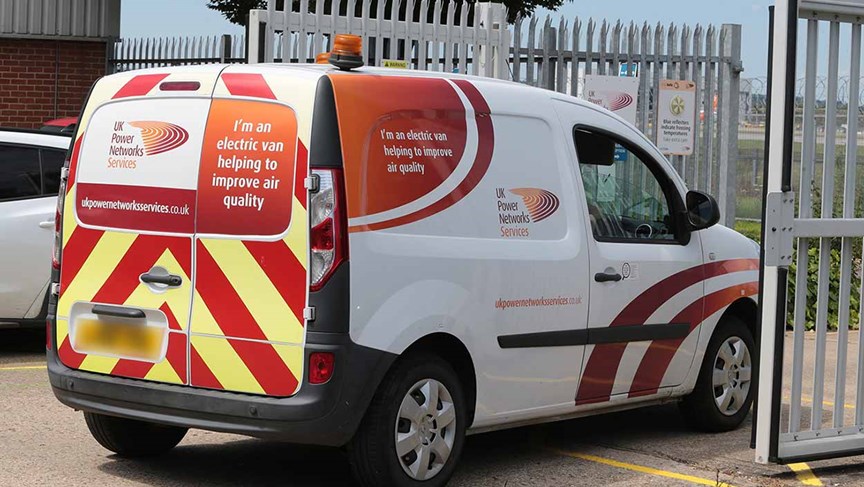Case study
Port of Felixstowe - Decarbonising the Port for the future

The Port of Felixstowe, the UK’s busiest container port, is leading the charge towards a greener future. As part of its goal to meet the UK’s 2050 net-zero target, the port is undergoing a major upgrade to its electrical infrastructure – phasing out diesel-powered equipment and introducing clean, electric alternatives.
The Challenge
Ports have traditionally relied on red diesel to power heavy machinery. To cut emissions and improve efficiency, Felixstowe needed a high-voltage (HV) infrastructure capable of supporting new electric cranes and vehicles, without disrupting ongoing operations.
The Solution
We delivered a three-year project to upgrade the port’s 11,000-volt network. Key highlights include:
-
17 new electric gantry cranes powered by eight new substations.
-
48 electric tugs supported by a dedicated EV charging facility and two substations.
-
A 1.4 km HV cable route laid beneath the port’s busiest access roads using innovative horizontal directional drilling (HDD) to avoid disruption.
Progress So Far
The EV charging facility at Trinity Terminal is complete and ready to power 48 electric tugs.
Four out of eight substations at Berth 8/9 are operational, with the rest completed by the end of 2024.
The long HV cable route, including complex drilling under vital access roads, was completed in June 2023.
Smart Engineering
Extensive modelling and simulation helped optimise power flow, balance loads, and boost reliability. Dynamic power factor correction and demand management strategies ensure the upgraded system is efficient and resilient.
Sustainability in Action
Environmental protection was a top priority:
-
Nesting birds were protected through pre-season habitat clearance.
-
Contaminated soil was safely removed and disposed of.
-
UXO (unexploded ordnance) risks were carefully assessed before drilling near historical military areas.
A Collaborative Approach
As part of the same parent company, we worked with the Felixstowe Dock and Railway Company to minimise disruption in the busy port environment. Flexible scheduling helped keep the project on track, even when operations required last-minute changes.
Results
The project is delivering major environmental benefits by replacing diesel with electric power, all while maintaining the port’s 24/7 operations. With no lost-time incidents across 13,000 site hours, it’s also a model of safe delivery.




